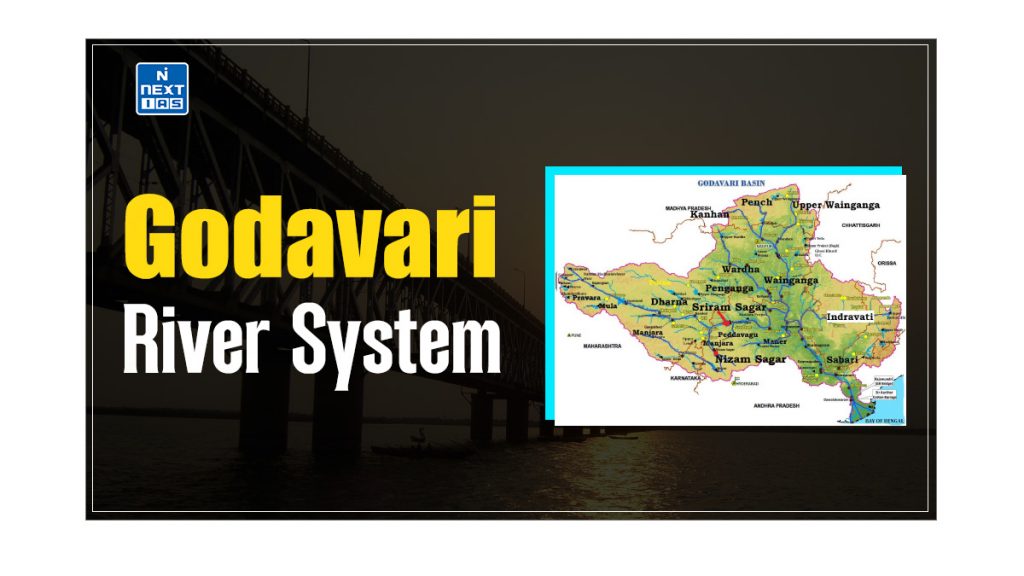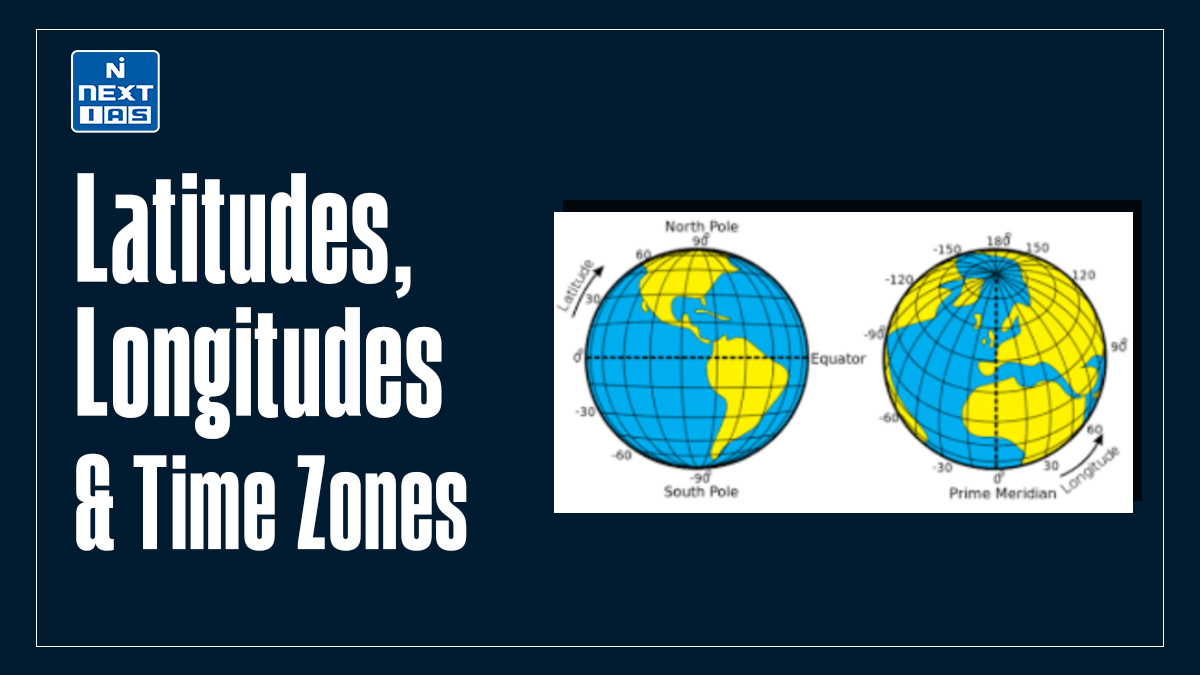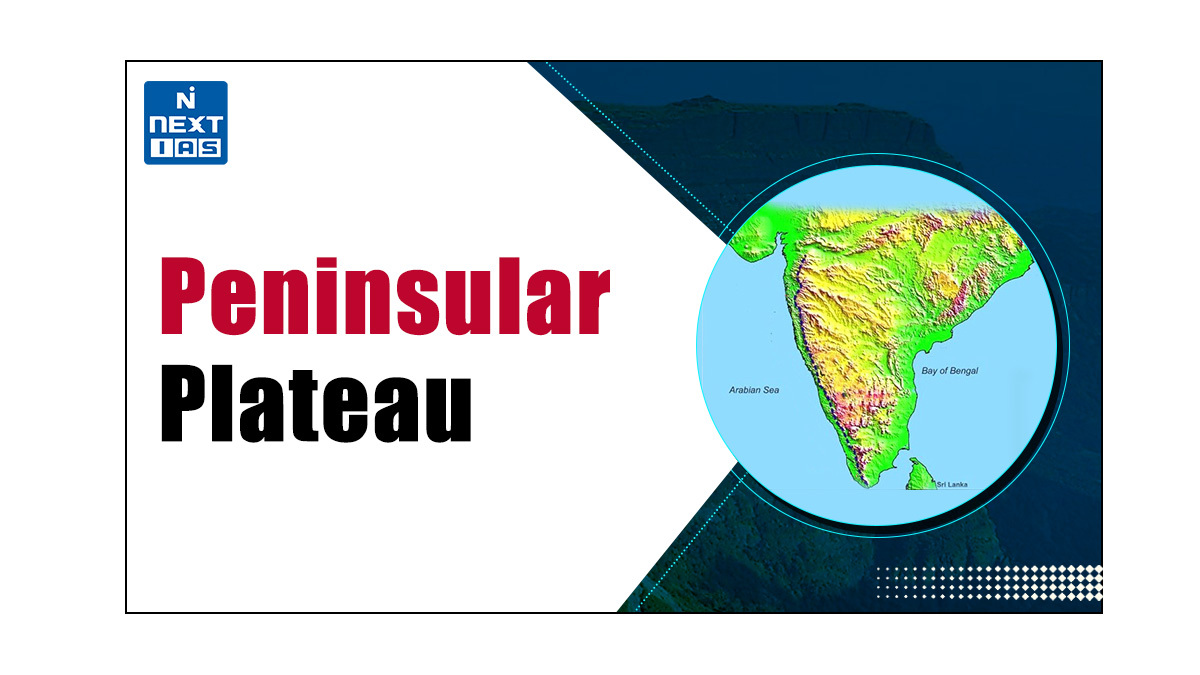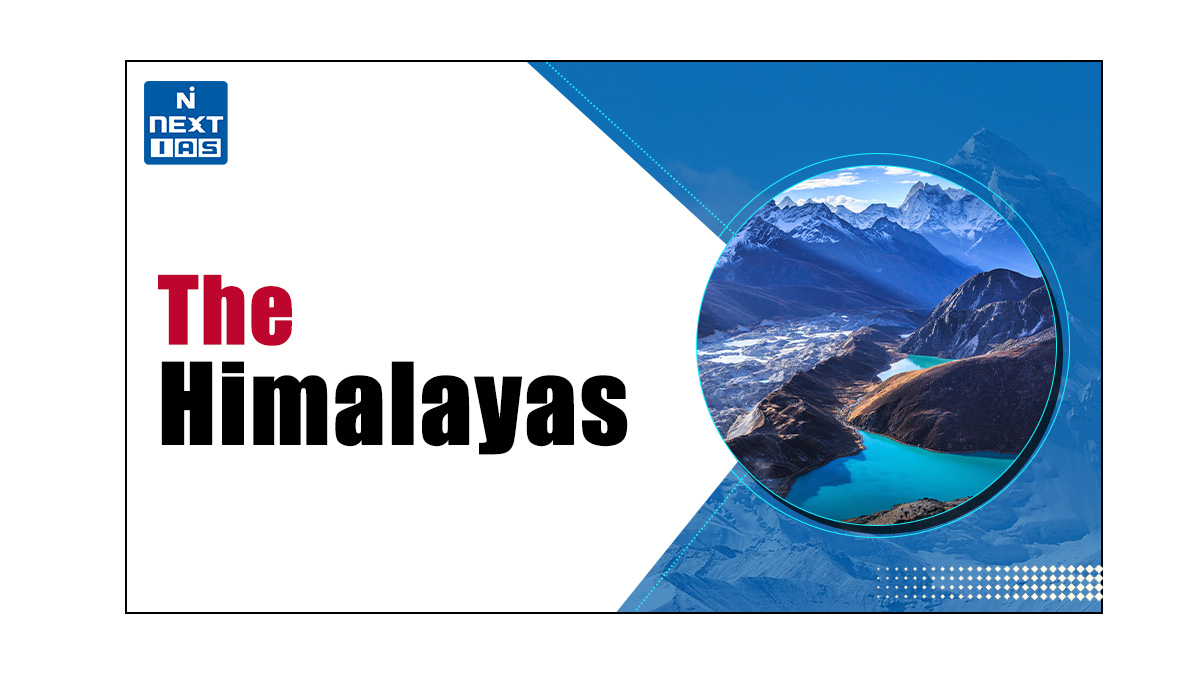
The Godavari River System is one of the major river systems in India. It originates in the central part of the country and flows eastward into the Bay of Bengal. Its significance lies in its extensive basin, which supports agriculture, industry, and millions of people across multiple states. This article aims to study the Godavari River System in detail, including its origin, course, and tributaries.
About Godavari River System
- The Godavari River system is one of the significant river basins within the Peninsular drainage system of India.
- The Godavari River and its numerous tributaries flow through the central and southeastern parts of the Indian subcontinent, shaping fertile plains and supporting diverse ecosystems.
- With a total length of about 1,465 kilometres, the Godavari is the second-longest river in India.
- The Godavari River is the largest river in Peninsular India.
- It is known as the Dakshin Ganga or Vridha Ganga (old Ganga) because of its age, size, and length.
- It is navigable in the delta region.
Origin of Godavari River
- The Godavari River originates from Trimbak, a place in the Western Ghats in the Nashik district of Maharashtra.
- It drains into the Bay of Bengal before forming a large delta below Rajahmundry.
Course of Godavari River System
- The Godavari basin extends over the states of Maharashtra, Andhra Pradesh, Chhattisgarh, and Odisha, as well as smaller parts of Madhya Pradesh, Karnataka, and the Union Territory of Puducherry (Yanam).
- The Godavari basin is bounded by:
- Satmala Hills,
- Ajanta Range,
- Mahadeo Hills on the North,
- Eastern Ghats on the South and the East, and
- Western Ghats on the West.
| Note: – Rajahmundry is the largest city on the banks of Godavari. – The Sri Ram Sagar Project, which was constructed on this river (1964-69), serves the irrigation needs of: a. Adilabad, b. Nizamabad, c. Karimnagar and d. Warangal districts. – Below Rajahmundry, the river divides itself into two main streams: a. The Gautami Godavari on the east and b. The Vashishta Godavari is on the west and forms a large delta before it pours into the Bay of Bengal. – The delta of the Godavari is of lobate type with a round bulge and many distributaries. |

Tributaries of Godavari River
The left and the right bank tributaries of the Godavari River are as follows:
Left Bank Tributaries
The left-bank tributaries of the Godavari River are as follows:
- Dharna,
- Penganga,
- Wainganga,
- Wardha,
- Pranahita (conveying the combined waters of Penganga, the Wardha and Wainganga),
- Pench,
- Kanhan,
- Sabari,
- Indravati etc.
Some of the important left-bank tributaries of the Godavari River have been discussed in detail below.
Painganga River
- The Painganga River originates in the Ajanta ranges in the Aurangabad district in Maharashtra.
- It then flows through the Buldhana and Washim districts.
- It then flows along the state border between Maharashtra and Andhra Pradesh.
Wardha River
- The Wardha River is one of Maharashtra’s biggest rivers in the Vidarbha region.
- It originates in the Satpura Range near Multai in the Betul District of Madhya Pradesh and enters Maharashtra.
- It joins Wainganga, and together they are called Pranhita, which ultimately flows into the Godavari River.
Wainganga River
- The Wainganga means ‘the arrow of water’.
- It originates from the Mahadeo Hills of the Satpura Range of Madhya Pradesh and flows south through Madhya Pradesh and Maharashtra.
- After joining the Wardha, the united stream, known as the Pranahitha, ultimately falls into the river Godavari.
- It drains the Chandrapur. Gadchiroli, Bhandara, Gondia, and Nagpur districts of Maharashtra.
Right Bank Tributaries
The right-bank tributaries of the Godavari River are as follows:
- Pravara,
- Mula,
- Manjra,
- Peddavagu,
- Maner etc.
Some of the important right-bank tributaries of the Godavari River have been discussed in detail below.
Manjra River
- The Manjra River is a right-bank tributary of the Godavari River. It originates in the Balaghat range, near Ahmednagar.
- The Manjra River flows through the Latur District of Maharashtra and the Bidar District of Karnataka before entering the Medak District of Andhra Pradesh.
- The Nizam Sagar dam was built across the Manjra River between Achampeta and Banjapalle villages in the Nizamabad district of Andhra Pradesh.
Cities on Godavari River
The cities situated on the banks of the Godavari river are given below.

Projects on Godavari River System
Some of the important projects on the Godavari River are:
- Srirama Sagar,
- Godavari barrage,
- Upper Penganga,
- Jaikwadi,
- Upper Wainganga,
- Upper Indravati, and
- Upper Wardha.
| Note: Among the on-going projects, the prominent ones are the Pranhita-Chevalla and Polavaram Projects. |
Floods and Droughts in Godavari Basin
- Godavari basin faces flooding problems in its lower regions.
- The coastal areas are cyclone-prone.
- The delta areas face drainage congestion due to flat topography.
- A large portion of Maharashtra falling (Marathwada) in the basin is drought-prone.
Importance of Godavari River
- Agricultural Support – The Godavari River provides essential irrigation to a vast agricultural region, supporting crop cultivation and contributing significantly to the country’s food security.
- Water Supply – It supplies water to millions of people across multiple states for domestic use, industry, and drinking needs.
- Hydroelectric Power – The river and its tributaries are harnessed for hydroelectric power generation, contributing to regional energy needs.
- Ecosystem Support – The Godavari River and its delta support diverse ecosystems, including fertile plains and unique habitats, which are crucial for wildlife and biodiversity.
Conclusion
The Godavari River System is a vital waterway in India, providing essential resources for agriculture, industry, and daily life across its extensive basin. The river’s intricate network of tributaries, along with its major projects and interlinking plans, underscores its importance in regional water management and development. While the system faces challenges such as flooding and drought, ongoing projects and strategic planning aim to address these issues and enhance the benefits of this crucial river system. Understanding the Godavari River System is essential for appreciating its role in India’s ecological and economic landscape.
Godavari and Cauvery River Interlinking Project
| – The project envisages the diversion of 247 thousand million cubic feet (tmcft) of unutilized water in the Indravati sub-basin of the Godavari basin to meet the requirements between the Godavari and the Cauvery rivers. – Water will be diverted from the Godavari River to Nagarjuna Sagar dam (through lifting) and further south to meet the demands of Krishna, Pennar, and Cauvery basins. – The Godavari – Cauvery link comprises three components namely: a. The Godavari (Inchampalli/Janampet) – Krishna (Nagarjunasagar), b. The Krishna (Nagarjunasagar) – Pennar (Somasila) and c. The Pennar (Somasila)–Cauvery (Grand Anicut). – The project will provide irrigation facilities to the Prakasam, Nellore, Krishna, Guntur, and Chittoor districts of Andhra Pradesh. |
Frequently Asked Questions (FAQs)
How many dams are on Godavari River?
There are approximately 18 major dams on the Godavari River, including:
– Hemisagar Dam
– Pochampad Dam
– Nizamsagar Dam
Which is the longest river in peninsular India?
The Godavari River is the longest river in peninsular India.





